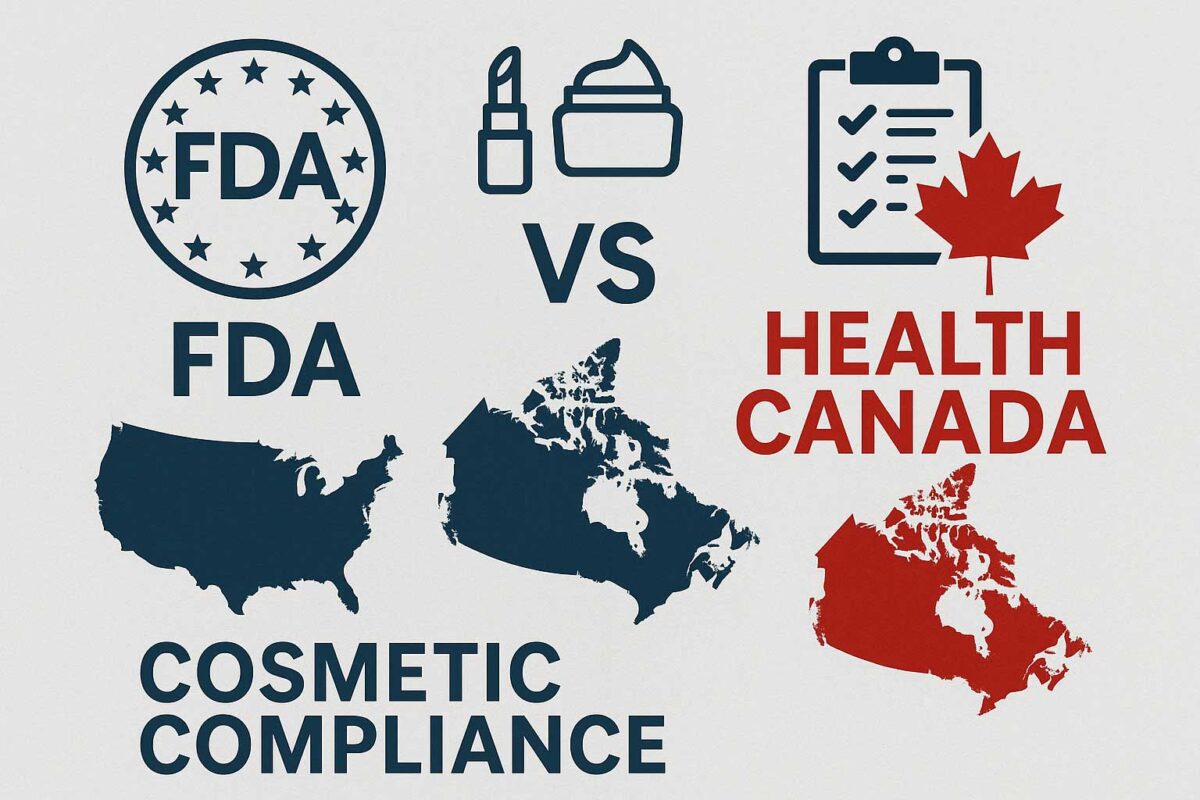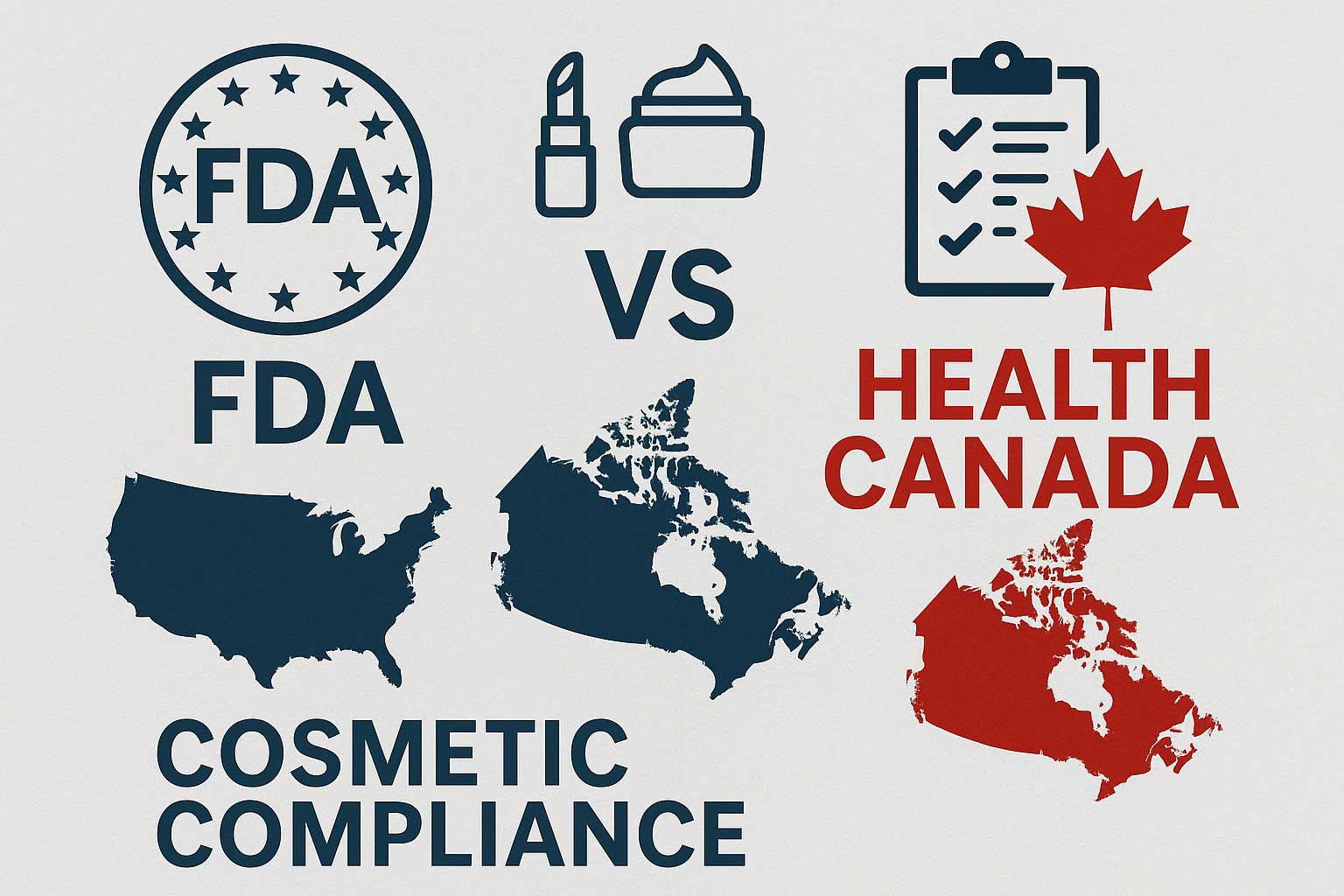
When introducing a new substance into the market, one of the first questions you need to answer is whether it’s intended for human food or animal feed. This decision significantly impacts how the substance must be evaluated and documented under the GRAS (Generally Recognized as Safe) process.
The regulatory pathway for GRAS differs depending on the target consumer. Human food GRAS notifications follow one route, while animal feed submissions involve added layers, including nutritional utility and environmental considerations.
In this post, we’ll focus on the key differences between GRAS for human food and for animal feed, and how to ensure your submission is complete, compliant, and ready for review. Keep reading to learn more
What is the GRAS process?
The GRAS process allows companies to determine that a substance is safe for its intended use without submitting a full food additive petition to the FDA. Here’s how it works:
- For human food, a company can independently determine GRAS status with support from a panel of qualified experts. Once determined, the ingredient can be marketed without formal FDA approval.
- For animal feed, the process is more complex. In addition to the voluntary GRAS notification:
- Federal review is often required.
- Companies may need to file a feed additive petition.
- Some products may require an AAFCO ingredient definition.
- Others might go through the newer FDA Animal Feed Ingredient Consultation (AFIC) process.
Each pathway depends on the ingredient’s intended use and the regulatory landscape it falls under.
Comparing the human food vs. animal feed GRAS process
At a glance, GRAS submissions for human food aim to prove general safety, while those for animal feed must demonstrate both safety and nutritional utility for specific species. If the ingredient is used in food-producing animals, human safety must also be considered.
Human food GRAS notices are reviewed by the FDA’s Center for Food Safety and Applied Nutrition (CFSAN), focusing on toxicology, dietary exposure, and historical use. They are usually transparent and less likely to involve redacted data.
Animal feed GRAS notices go to the Center for Veterinary Medicine (CVM). These require deeper data sets, such as species-specific nutrition profiles, stability testing within feed, and sometimes environmental impact assessments.
To help visualize these differences, the chart below outlines the main distinctions between the two GRAS pathways.
| GRAS Component | Human Food | Animal Feed |
| FDA Review Center | CFSAN | CVM |
| Primary Focus | General safety for human population | Species-specific safety and nutritional utility |
| Data Transparency | Mostly public with minimal redactions | Often includes redacted proprietary data |
| Nutritional Requirements | Not always emphasized | Must match AAFCO nutrient profiles |
| Stability Testing | Ingredient as packaged | Ingredient within feed matrix and homogeneity required |
| Dietary Exposure Assessment | Based on national food survey data | Based on average daily feed intake by species |
| Environmental Assessment | Not typically required | Often required, especially for livestock feed |
| Residue and Human Safety | Not applicable | Required for food-producing animals |
| Regulatory Complexity | Single federal pathway | Federal and state layers (AAFCO, AFIC) |
Key differences in GRAS submissions
The differences between human food and animal feed GRAS submissions go beyond just who consumes the product. They span areas like safety requirements, confidentiality, labeling, dietary exposure, and environmental impact. Below, we outline these distinctions in more detail.
1. Use-specific safety requirements
The GRAS process is centered on intended use, not just the ingredient itself. A substance that is GRAS for human consumption may not automatically qualify as GRAS for animal feed. Intended species, dosage, and method of consumption all influence the FDA’s evaluation.
2. Confidentiality and data presentation
Human food GRAS notifications typically include summaries of manufacturing steps and high-level safety evidence. These are often publicly accessible with little redacted content. In contrast, animal feed submissions frequently contain confidential data, such as detailed Certificates of Analysis and proprietary manufacturing information.
3. Composition and labeling needs
Animal feed GRAS notices must include specific nutritional information like crude protein, fiber, and fat. This helps manufacturers comply with species-based dietary requirements and labeling standards set by AAFCO. Such detail is less common in human food GRAS submissions.
4. Safety and stability testing
Both types of GRAS submissions require supporting safety data, including toxicology and genotoxicity studies. For animal feed, this data must confirm safety in the target species. If the ingredient is intended for food-producing animals, the analysis must also address potential human exposure through animal products.
Animal feed submissions must also show that the ingredient remains stable in feed formulations and is evenly distributed. These factors help ensure consistent nutrient delivery across all servings.
5. Dietary exposure estimates
For human food, dietary exposure is calculated using national data to determine both average and high-end consumption. Animal feed exposure estimates are simpler, relying on average feed intake data for each species.
If an ingredient is used in livestock feed, its impact on human consumers must also be factored in. This includes evaluating potential residues in milk, eggs, or meat.
6. Environmental and utility considerations
Environmental assessments are typically required for animal feed ingredients, especially if the ingredient or its byproducts may enter soil or water systems. These are generally not required for human food GRAS submissions.
In addition, animal feed GRAS submissions must demonstrate utility. That means showing that the ingredient provides real nutritional or functional value to the animal. If it’s promoted as a source of omega-3s, for example, the data must confirm bioavailability.
Need help navigating the GRAS process?
Whether you’re preparing a GRAS notification for human food or animal feed, the regulatory requirements can be complex. At Quality Smart Solutions, our team of regulatory experts is here to guide you every step of the way, from manufacturing data to safety studies to dietary exposure assessments.
Contact us today to ensure your next submission is accurate, complete, and aligned with FDA expectations.















